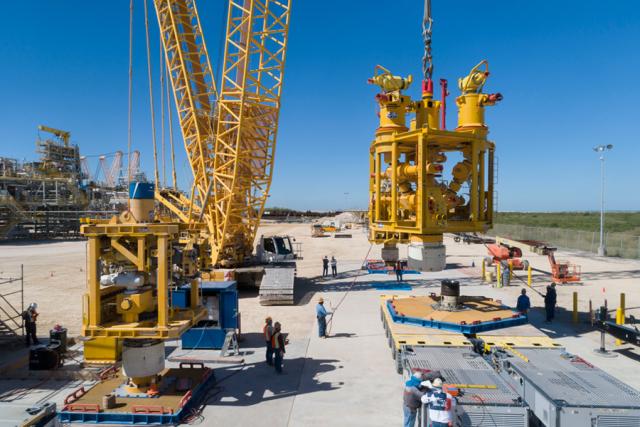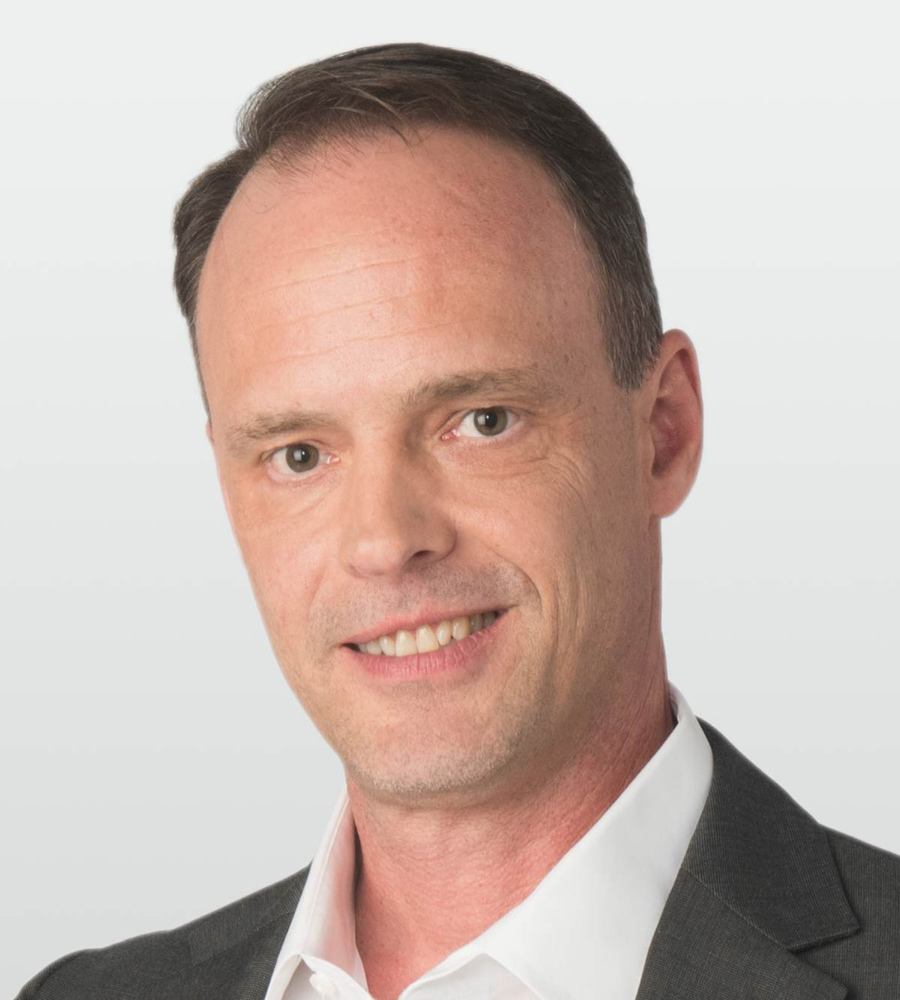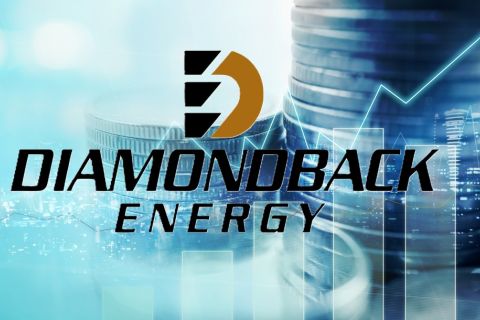
The 275,000-lb capping stack is lifted by a crane during a full-scale mobilization exercise conducted at MWCC’s Texas Deployment Facility in October 2020. (Source: MWCC)
[Editor's note: This article originally appeared in the January issue of E&P Plus. Subscribe to the digital publication here.]
The Marine Well Containment Co. (MWCC), which was established in the aftermath of the Deepwater Horizon disaster, has designed a comprehensive emergency response program to contain compromised deepwater wells in the Gulf of Mexico (GoM). In an exclusive interview with E&P Plus, MWCC CEO David Nickerson discussed how the company remained continuously ready to respond to a deepwater well control incident in the GoM amid a global pandemic and higher than average tropical storm activity.
E&P Plus: In what way have the pandemic-induced challenges affected MWCC, and how have you managed them?
Nickerson: It has been a pretty rough 2020 for sure. And like many others, we found ourselves having to deal with the pandemic and the tropical storm activity in parallel.
As an emergency response organization, we have been considered an essential business. If we were not continuously ready to respond to our members—who contribute to about 70% of all the wells that are being drilled in the GoM—they might not have been able to drill, which would have major potential implications on U.S. energy independence.
What we did beginning in March [2020], when the pandemic really started to hit us, is stand up MWCC’s business continuity team to handle events that we had never envisioned. The team has been working for nine months now, managing events all through the pandemic. This is the same team that we used to deal with some of the concerns we had with tropical storms that threatened some of our locations.

—David Nickerson, MWCC
During the pandemic, we tried to stay focused on three key objectives. The first is the health and safety of our staff and contractors, the second focus has been maintaining response readiness and the third is keeping our key stakeholders informed. We’ve had to maintain close contact with our members and regulators throughout the pandemic.
So far, it’s been a great success story, but it has required a tremendous amount of work to make sure we maintain response readiness.
E&P Plus: This year has been full of tropical storm activity. How have you maintained response readiness during this time?
Nickerson: We’ve had to take preemptive action on three separate occasions when major storms struck our shorebase locations where we keep equipment. On top of that, we have contingent staff that resides in Louisiana, which has been hit by five major storms this season. So we didn’t just have to worry about managing continuity of our business operations but also the safety and security of our personnel, including those who live in Louisiana.
E&P Plus: Can you discuss MWCC’s addition of its 20,000-psi capping stack?
Nickerson: Despite the challenges this year, we haven’t slowed down one single bit. We’ve really had a historic year completing our entire suite of HP/HT capabilities for the portfolio. So the 20,000-psi capping stack is one element of that, but there is a bit more development on the technology side that provides the full suite of capabilities.
A part of our challenge is that we have to stay several years ahead of what our members’ drilling needs are. So the first HP/HT well permits for our members were expected to begin submission in 2021. We’ve been working on building these capabilities for the past five years. We actually built the 20,000-psi capping stack [in 2019], but [in 2020] we went through the process of getting the capping stack rerated for higher temperatures of up to 400 F. So that’s a major development on the capping side of things
The other big development we had [in 2020] is accepting two rather large subsea coolers that will sit on the seafloor and are collectively capable of cooling down production in an extended flowback situation when relief wells would have to be drilled.
E&P Plus: What role will new technologies play in the area of well control?
Nickerson: One of our critical success factors is to keep connected with our members and stay ahead of their drilling needs. Really, the HP/HT stuff that we’ve been working on for the last five years is the next big trend.
Our focus for the perceivable future is going to be about bringing more into the drilling exercise space. We’ve talked about the three pillars that differentiate us as an organization: response equipment, which is the most extensive in the industry; our dedicated organization that wakes up every day, ready for the phone call; and third is our very comprehensive drilling exercise program.
Recommended Reading
E&P Earnings Season Proves Up Stronger Efficiencies, Profits
2024-04-04 - The 2024 outlook for E&Ps largely surprises to the upside with conservative budgets and steady volumes.
Hess Corp. Boosts Bakken Output, Drilling Ahead of Chevron Merger
2024-01-31 - Hess Corp. increased its drilling activity and output from the Bakken play of North Dakota during the fourth quarter, the E&P reported in its latest earnings.
Petrie Partners: A Small Wonder
2024-02-01 - Petrie Partners may not be the biggest or flashiest investment bank on the block, but after over two decades, its executives have been around the block more than most.
CEO: Coterra ‘Deeply Curious’ on M&A Amid E&P Consolidation Wave
2024-02-26 - Coterra Energy has yet to get in on the large-scale M&A wave sweeping across the Lower 48—but CEO Tom Jorden said Coterra is keeping an eye on acquisition opportunities.
Endeavor Integration Brings Capital Efficiency, Durability to Diamondback
2024-02-22 - The combined Diamondback-Endeavor deal is expected to realize $3 billion in synergies and have 12 years of sub-$40/bbl breakeven inventory.





